Description
Very similar to the more common Blue-tailed Damselfly.
Male: mostly black with a small blue patch at the end of the abdomen.
Female: mostly black and green-brown on the underside. Immature females bright orange.
Click on an image to enlarge it.


